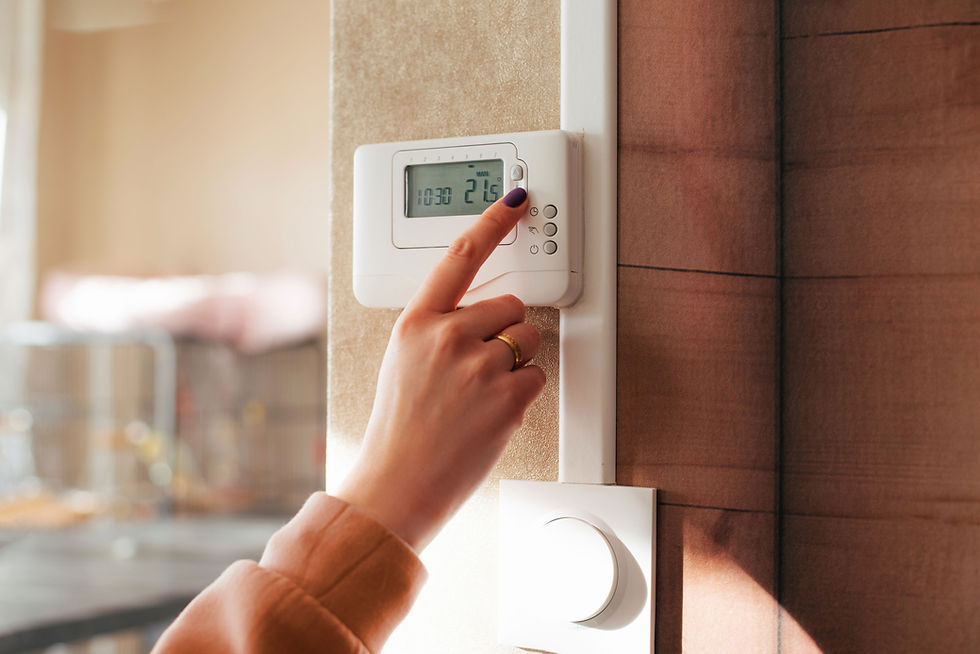Selling & Buying Energy Dynamically – Maximizing Market Pricing
- OwnWatt
- Apr 15
- 2 min read
Updated: Apr 17
Selling & Buying Energy Dynamically – Maximizing Market Pricing
If you want to play the energy market and maximize earnings, some programs allow you to sell and buy power dynamically based on time-sensitive pricing.
Instead of selling energy at a fixed rate, your solar exports follow Time-of-Use (TOU) pricing. You can export at high-value peak times and use stored energy or shift usage to lower-cost off-peak times.
Some homeowners enroll in demand response programs or Virtual Power Plants (VPPs), where they get paid for helping the grid during high-demand periods.

Example: The Homeowner Optimizing TOU Pricing
John, in California, is on a TOU net metering plan. His solar exports are credited based on when they occur:
Midday (off-peak) – He earns $0.05/kWh for exported solar.
Evening (peak demand) – He earns $0.30/kWh if he exports then.
To maximize his earnings, John stores solar energy in a battery during midday and exports power in the evening when prices are highest. This way, his solar credits are worth more than what he paid for electricity earlier in the day.
Taking It Further – Virtual Power Plants (VPPs)
John later joins a VPP program, where his battery automatically discharges power to the grid during emergency events. One summer, during a grid crisis, his utility called upon VPP participants. Because John’s battery provided power when the grid needed it most, he was paid premium rates for every kWh he exported—far more than traditional net metering would have paid him.
The result?
John earns money by strategically timing his exports.
He lowers his electricity bill by using stored energy at the right times.
His battery and solar system work together to create an additional revenue stream.
In the articles above, we explored different ways your solar system can work for you—each requiring some knowledge and action. But in reality, your solar system doesn’t operate in isolation. It works alongside other assets like battery storage, EVs, and dynamically controlled loads such as an HVAC system, all interacting with the grid in different ways.
Sounds complicated?
Could AI-powered tools help simplify energy management and maximize savings?
Stay tuned as we explore how AI can optimize your solar system and connected devices in the next post!




Comments